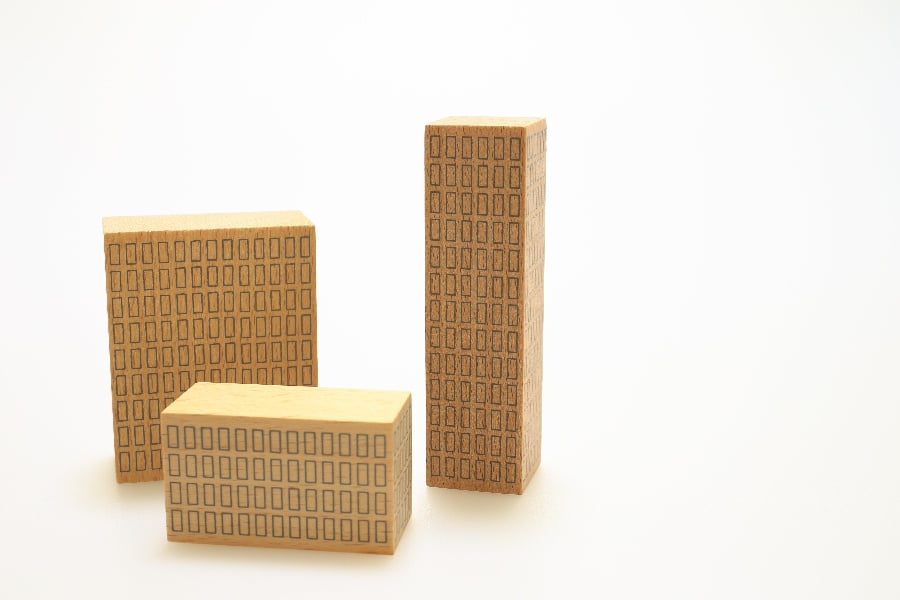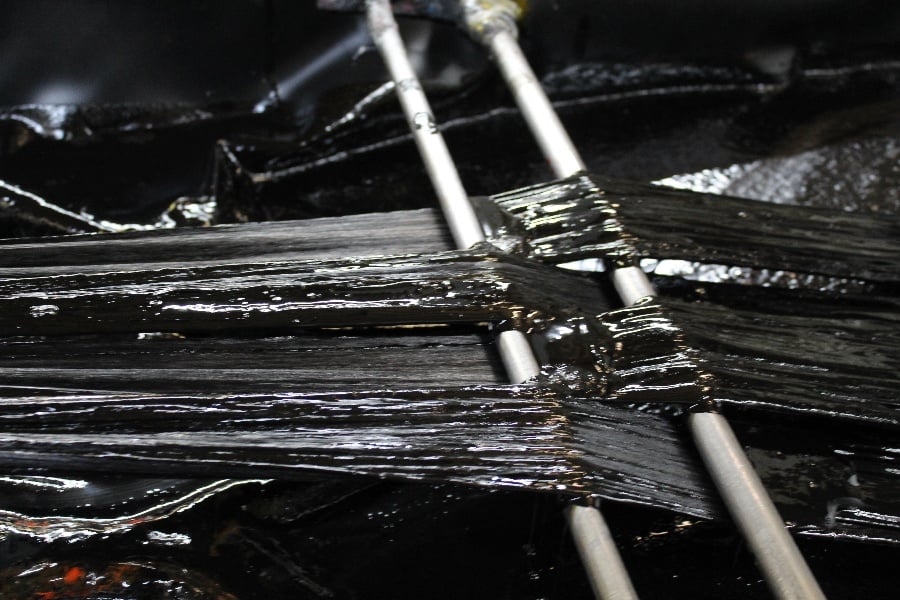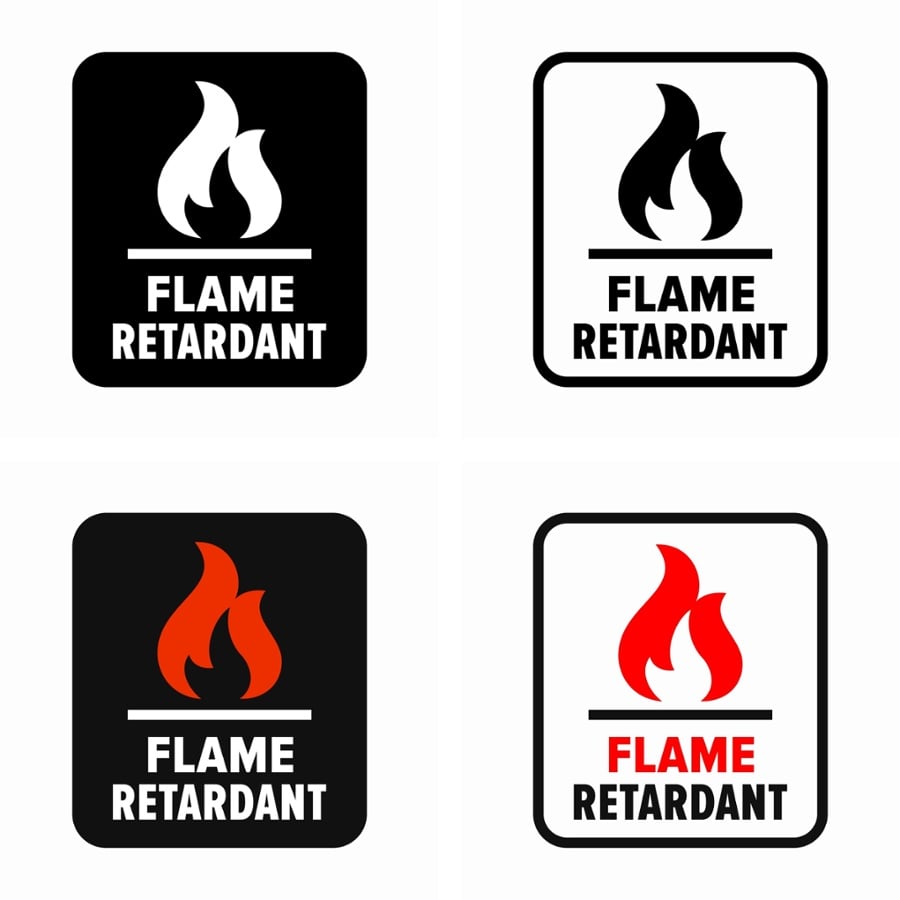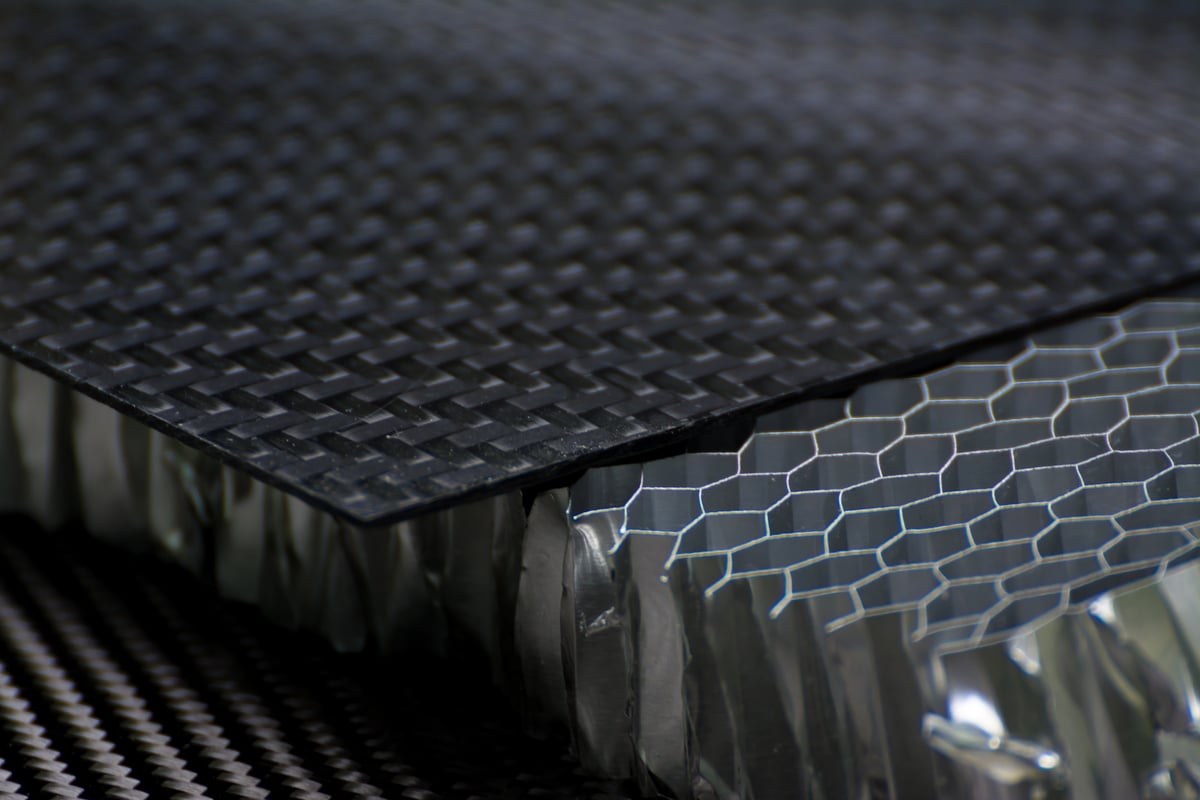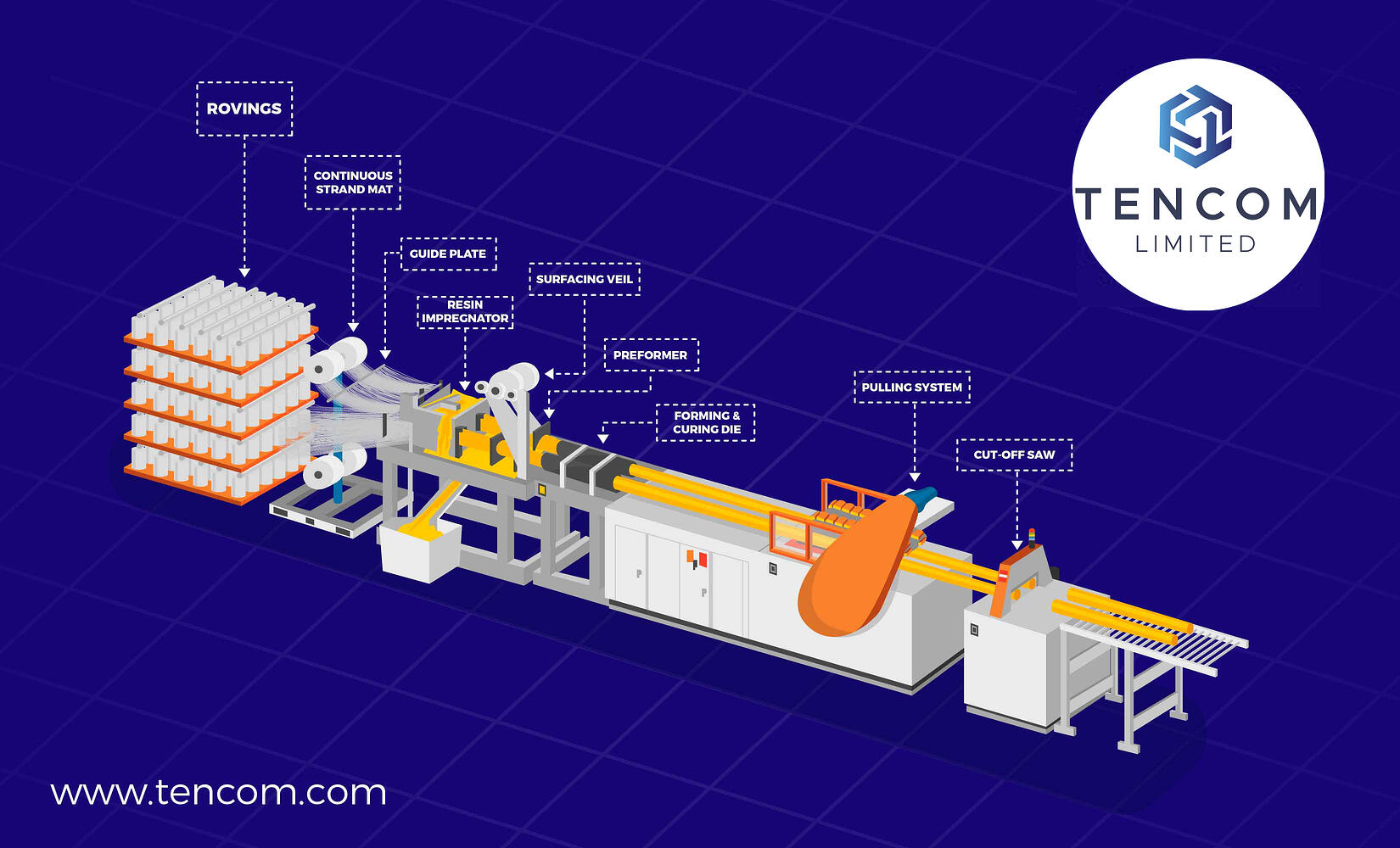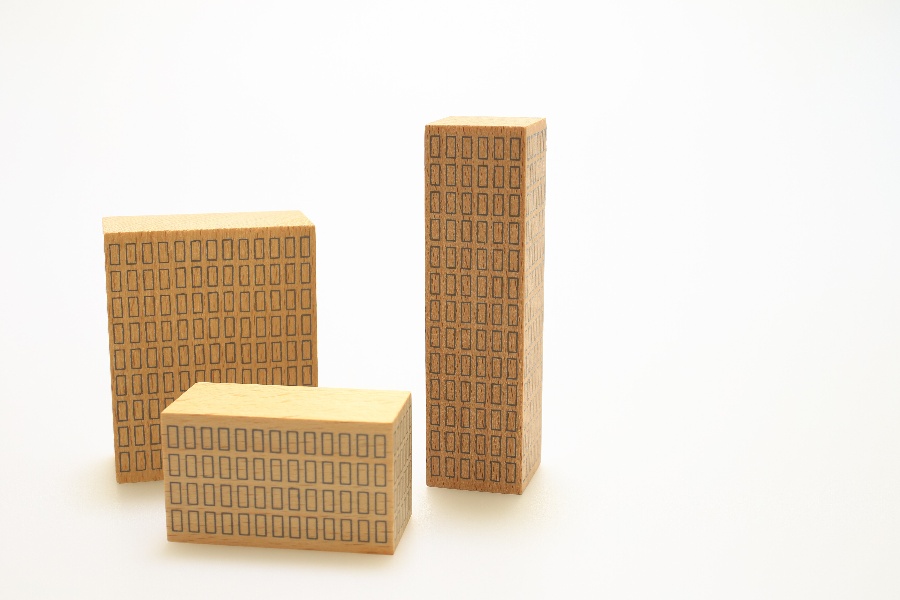
When the first skyscrapers began to appear in Chicago and other American cities at the beginning of the 20th century, they were a marvel of modern technology. Innovations in the process of producing steel beams along with the elevator have allowed buildings to soar ever higher, culminating in amazing structures like the Burj Khalifa in Dubai, which stands at 2,717 feet.
In the very near future, we may increasingly see our cities full of skyscrapers built using new technology but a very old material that steel had replaced: wood.
Sound impossible? Keep reading to hear about how composites created from this traditional material are creating a revolution in the construction of tall buildings.
The Rise of Wooden Skyscrapers
People have been building out of wood for a long time and history has known some pretty tall structures made from this material. The Yongning Pagoda, in ancient China, was possibly as tall as nine stories. More recently, Germany built a radio transmission tower in the early 1930s that was 623 feet tall — the tallest wooden structure ever built.
But here we’re interested in skyscrapers — large structures of multiple floors that can contain residential and/or retail space. The first buildings to earn that name were 10 stories or higher (though buildings now need to be quite a bit taller to officially count as skyscrapers).
Still, by any measure, a 10-story building is pretty tall and, until recently, would never be made out of wood. For that reason, it is remarkable that Milwaukee now has an all-wood building under construction that will reach a height of 25 stories and 284 feet when finished.
This is by no means an isolated example; such structures are being planned and built all over the world. How did we get here?
Wood Composites and Good Timing
Two key factors have led to the sudden emergence of wood as a trending material of choice for tall buildings.
The first is technological. The wood used to construct these buildings comes in the form of highly-engineered composite materials.
One of the newest of these is cross-laminated timber, developed in Europe in the 1990s. It consists of strips of dimensional lumber glued together in layers oriented at 90 degrees to each other. It looks a bit like layers of butcher block sandwiched together.
This configuration lends incredible strength and also prevents the warping and twisting that are common in standard dimensional lumber. Cross-laminated timber is typically produced in panels ranging from 2 to 10 feet in width, with a thickness of up to 20 inches, and in lengths as much as 60 feet (or even more).
Two other composite wood products have also been important. One is glulam, which is essentially a stack of dimensional lumber glued together with the grain all running in the same direction. Another is laminated veneer lumber (LVL), which is basically like thick plywood formed into structural elements.
With the necessary technology in place, an increasing concern for environmental impact and sustainability created the right environment for trying something new. Since wood is a renewable resource, engineers and architects began to wonder about the possibilities of using wood composites as an alternative to the more traditional building materials steel and concrete.
The First Wooden Skyscrapers
The first attempt to actually do so at the scale of a large, residential building, was built in London in 2009. The Stadthaus is a 9-story structure that was the first of its height to have its load-bearing walls, floor slabs, stairwells, and even elevator shafts made entirely of engineered wood.
This was followed by a similar project in Australia and soon buildings in Canada, the United States, and other countries in Europe. Some significant recent examples include Mjøstårnet in Norway (2019) and the HoHo in Vienna (2020).
The Promise of Wooden Skyscrapers
It is fascinating to discover that we have figured out ways to build skyscrapers out of wood. A natural question, though, is why we’d want to. Why not just stick with steel and concrete?
One reason we already mentioned is environmental. Not only is wood a renewable resource, but its use in construction has a much lighter environmental impact. The production of both concrete and steel is very energy-intensive, producing plenty of carbon emissions. It is estimated that about 13% of the world’s total carbon emissions come from the production of these two materials.
In comparison, it takes little energy to manufacture wood composites. Moreover, trees capture a large amount of carbon as they grow.
Another reason is efficiency. Engineered wood components are easier to fabricate, lighter to haul, and can be assembled more quickly on site. The Brock Commons Tallwood House, an 18-story wooden skyscraper in Canada, was erected in just 70 days. This means significant savings on transportation and labor costs.
Finally, wood is aesthetically pleasing and even seems to affect us physiologically. One study found that students in a wood-paneled classroom were more relaxed and slept better than those surrounded by other materials.
But Are They Safe?
Those at the forefront of wooden skyscraper construction recognize that one of the challenges is public perception. For many people, the idea of a wooden skyscraper just doesn’t sound safe.
The main reason for this is a concern about fire. Being several floors up in a wooden building when a fire breaks out isn’t an appealing prospect.
The reality is, though, that engineered wood maybe even safer than steel in the presence of fire. The treated composite products used in wooden skyscrapers are very resistant to burning. When they do come into contact with fire, they form a layer of charring on the outside that helps insulate and protect the interior from further damage. Moreover, steel is subject to sudden failure in the presence of intense heat in a way that wood is not.
The Future of Wooden Skyscrapers
Will this new way of building catch on? We think it is an exciting innovation, but we won’t pretend to predict the future. One company in Japan has announced plans to build a wooden skyscraper 1,150 feet tall, to be completed in 2041. We’ll see.
One thing we expect is for the wooden composites used in construction to become increasingly sophisticated and to continue to improve. One of the ways this will happen is through the incorporation of other reinforcing materials to augment the capabilities of wood and glue alone.
A recent example is a process developed for pultruding thin layers of reinforcing fibers embedded in a thermoset resin matrix. These layers, when combined with the layers of wood in laminated products like glulam beams, yield a product with even greater strength.
If we see these wooden buildings continuing to get taller, they will need to make use of composites like this to handle the increased stresses due to wind and earthquakes.
We get excited about what pultruded composites can accomplish because we see it every day. We help our customers discover innovative ways to solve their design challenges with pultruded fiberglass. If you’d like to have a conversation about how we can help you, get in touch today.

